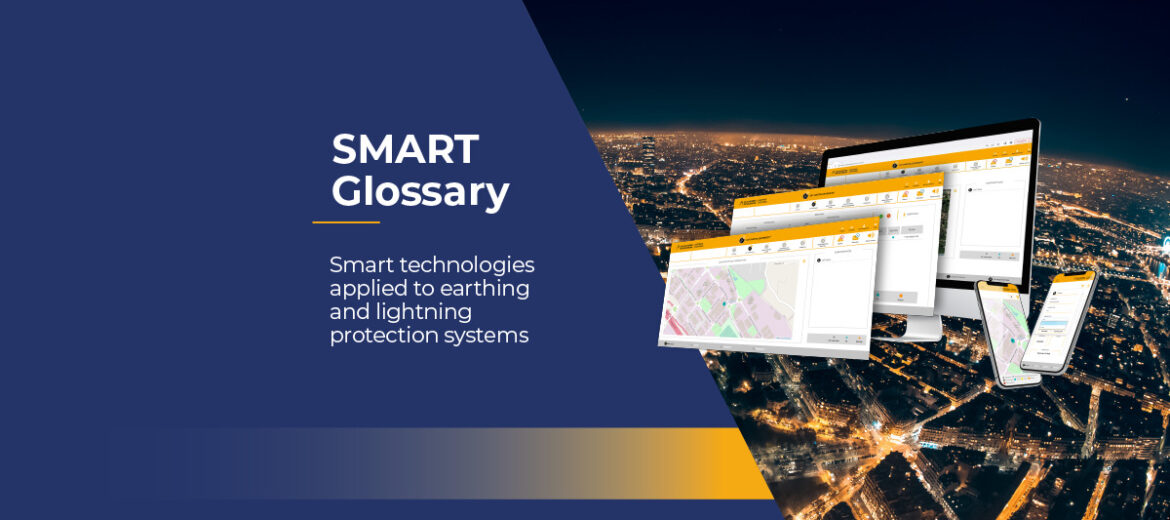SMART Glossary – Smart technologies applied to earthing and lightning protection systems
Industry 4.0, the fourth industrial revolution in which we are immersed, involves incorporating smart technologies both in industrial products and services and production processes to achieve a new level of efficiency and responsiveness to customers that were not possible before. These are some of them and how they are applied in the products and services of Aplicaciones Tecnológicas S.A.



